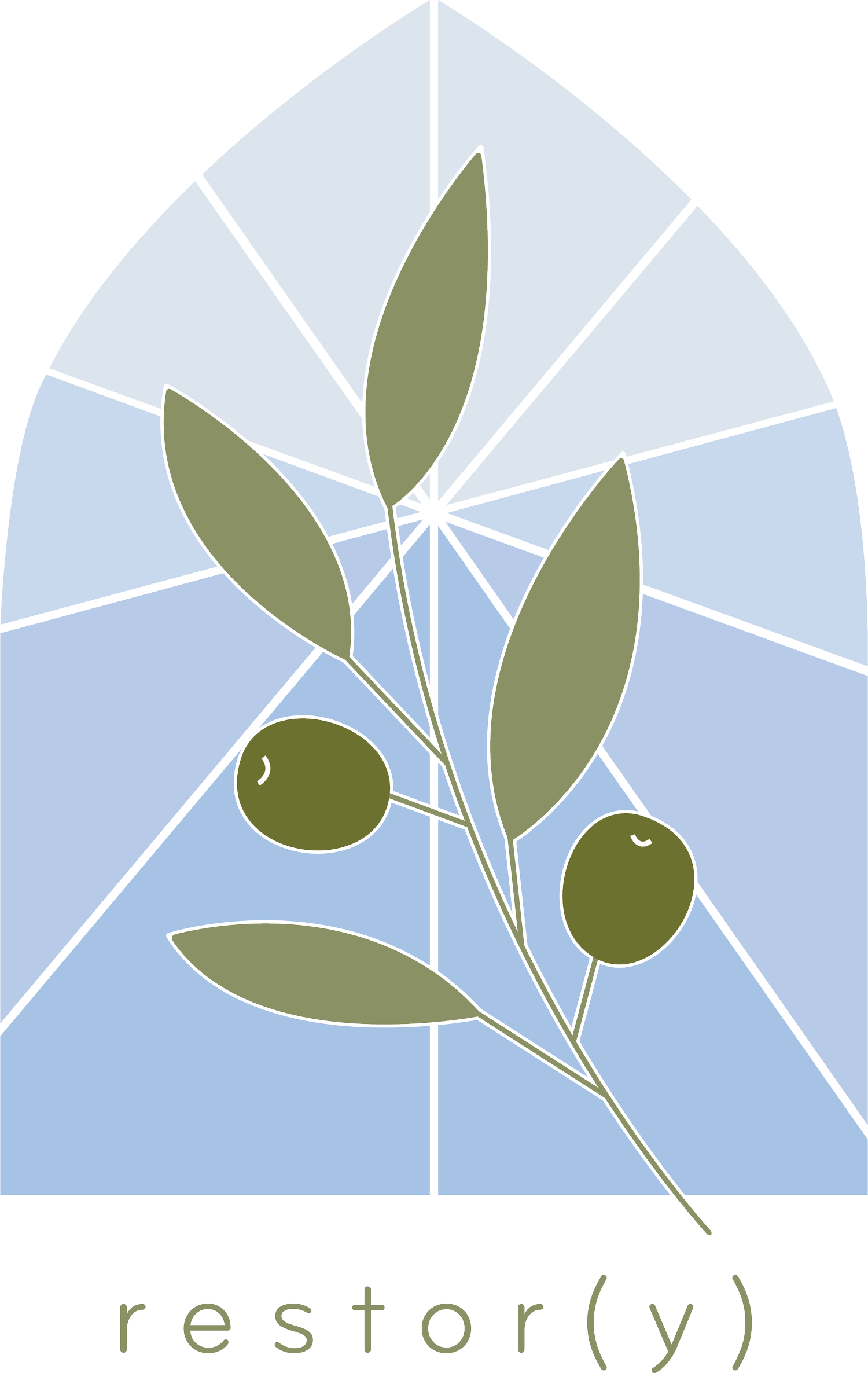The Staying Power of Lent
My weather app read 28 degrees this morning. I pulled the blanket around my body ever tighter wondering what happened to last week’s whispers of spring. The frigid temps of this morning feel even more out of place as I prepare for Holy Week. There’s something a bit unsettling about such an early Easter. How do we celebrate resurrection Sunday under the still gray skies of March? March is a month of in-betweens and waiting, a time of not quite winter, but also not fully spring. It is far more appropriate for the season of Lent. As I drew the blankets around my shivering body this morning, I felt a tension rise within me, a desire to slow down and fully embrace this last week of Lent. In that moment, I was thankful for the chilly temps of a March morning, for the way that they remind me to resist the rush to Easter and encounter God in the in-between places.
When we are talking about being trauma informed pastors and ministry leaders, Lent’s invitation to slow down and resist the urge to rush to resurrection Sunday is of great importance. Shelly Rambo, author of Spirit and Trauma: A Theology of Remaining, refers to trauma as, “the suffering that remains.” The truth of trauma is that it is pain that remains, it lingers, it is long lasting. For this reason, healing is a slow process. It cannot be rushed and it is probably better understood as a journey rather than an ultimate destination. However, this long lasting suffering that characterizes trauma can leave many feeling distant from God in their healing process, particularly when the presence of God is described most often in terms of resurrection and complete healing. If God is made known most through resurrection, if whenever we encounter suffering we declare that it’s okay because, “Sunday is coming,” then the question for many often becomes, can they encounter God’s presence when we have yet to see resurrection come? Can we experience closeness with God, can we be right with God, all while caught up in the in-between season that is healing from trauma? When the suffering still lingers, when our mind and body still feel shattered and the pieces are all over the floor, can we still be in the presence of God or must we wait for resurrection day to dawn? Lent is an invitation to remember that God is not only present to us when suffering has been taken away. Lent, and the beauty of Holy Week, is God’s presence to us and with us in the deep places of suffering.
As Lent turns to Holy Week, we are invited to meditate on scriptures that demonstrate Jesus, God made flesh, entering every deep expression of human emotion from anger to grief to anxiety and sorrow, Jesus embodies every area of human suffering. His humanity is on full display and in it we gain a picture of God present to us in the places we ourselves so often wish we can pass through quickly. The truth is, we are often uncomfortable with pain and suffering. We want to move by it quickly, we’re more comfortable with phrases like “Friday’s good because Sunday’s coming” because it makes some meaning of pain and makes it feel more temporary. However, in our attempts to rush through suffering, to emphasize the goodness of resurrection, we actually miss out on encountering the fullness of the presence of God. Friday is not only good because Sunday is coming. Friday is good because God is there. Friday is good because God entered into the darkest parts of human suffering. Friday is good because in it we can know that when our pain comes, when it lingers, when we still cannot see the dawn of resurrection Sunday through the blackness of night, we can yet encounter God’s presence in ways Sunday alone does not allow. When we choose to declare God’s presence not only on resurrection Sunday but throughout all of Lent and all of Holy Week, we remind ourselves and the world around us that even when suffering lingers, God still holds us. Trauma may be the suffering that remains, but we serve a God who also remains. His lingering presence refuses to rush us through our pain but meets us there and invites us to rest in him. We do not need to ignore our pain, we can resist the urge to minimize the pain of others, and we can instead seek to encounter God in the midst of the in-between.
So perhaps Easter at the end of March is helpful. May we use this strange season of in-between to draw us to sweet encounters with the presence of our God who does not wait for resurrection Sunday to show up. May we know God’s presence with us in our suffering and may we seek to be present to others in theirs.
